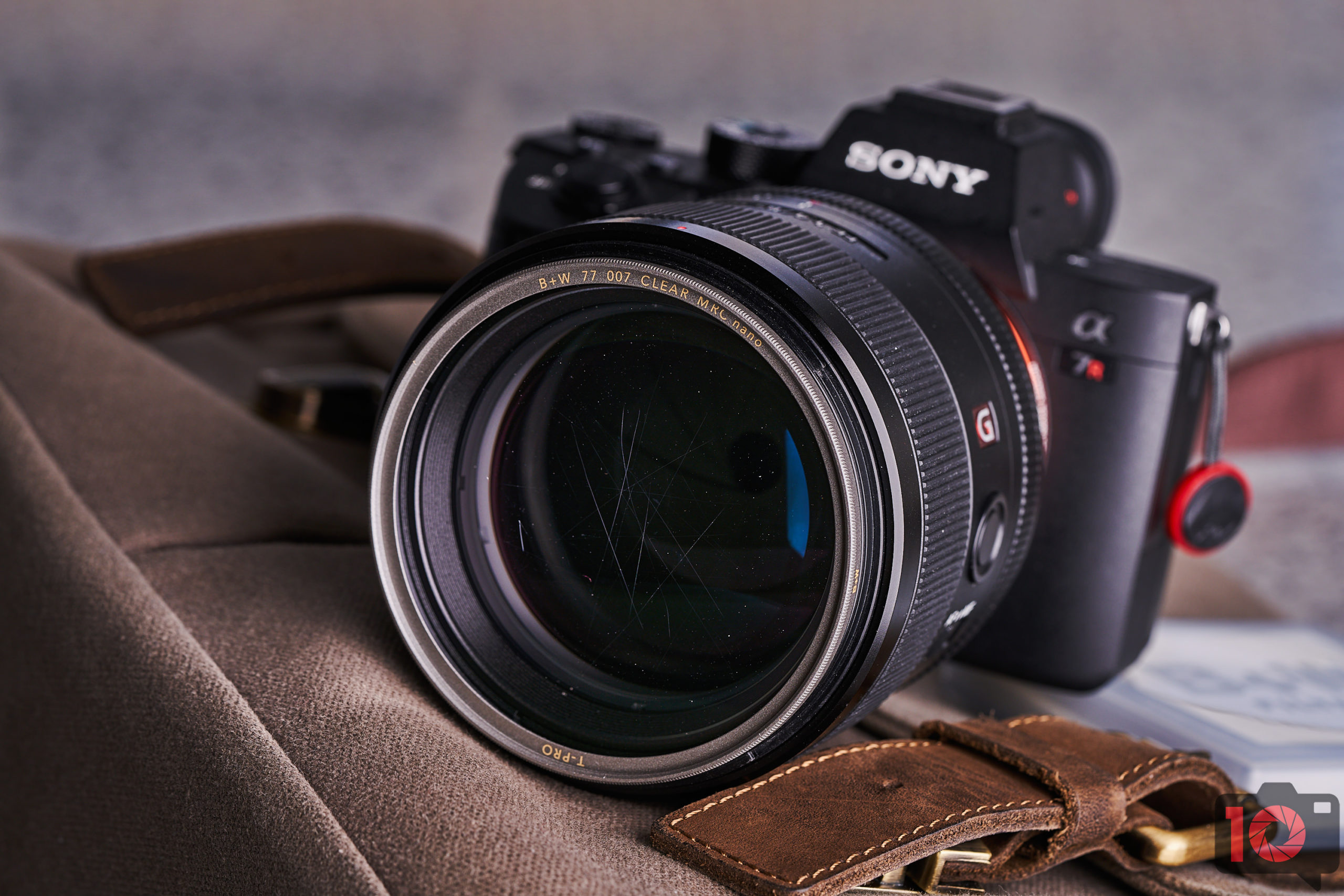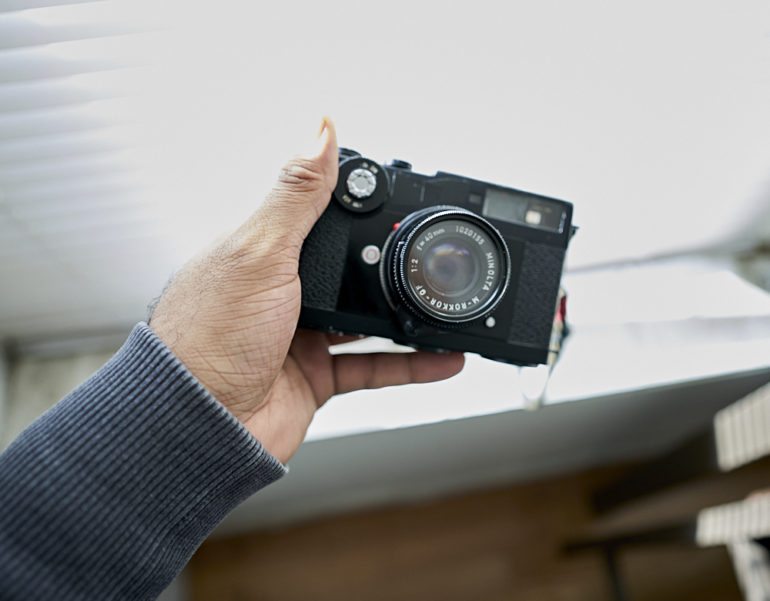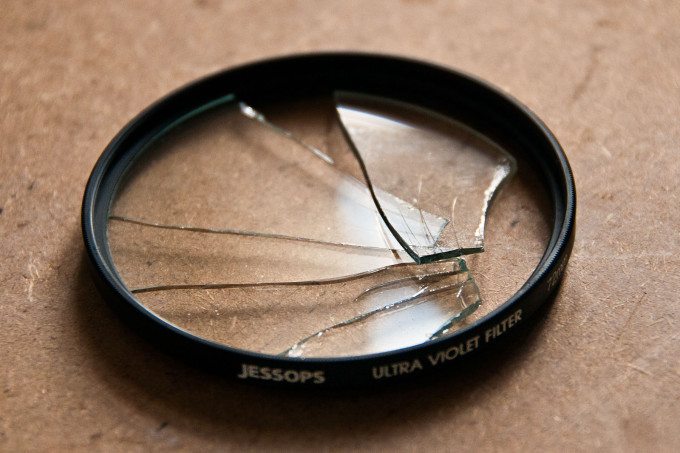We’re streaming daily on Apple Podcasts, Google Podcasts, Stitcher, Pocket Casts, and Spotify! You can also listen to it right here on The Phoblographer.
Years ago, photographers stopped using UV filters on their lenses. It affected image quality way too much, and we often didn’t need them. UV filters originally protected the image quality from UV rays. But lens technology became so good that they were no longer needed. So, they evolved to become protective filters. Essentially, if the front of your lens took a ding, the UV filter would protect it. In the past few years, photographers stopped using them. Indeed, when I started my career 14 years ago, I swore by UV filters. I remember them protecting my camera as it took a major tumble. But these days? Not so much. And believe it or not, clear filters can affect your image quality.
Glass vs Plastic: Scratches?
Yes, there’s a difference. One would think that glass would give more protection vs. plastic, right? Well, that’s not always the case. It depends on the type of glass, and it depends on the type of plastic. I learned this especially in the watch world. There are a few different types of crystals. Some of the most popular ones are sapphire, acrylic, and ceramic. Sapphire glass won’t get scratched and will survive a lot of abuse. But it can shatter if there’s a hard enough hit to it. Acrylic and ceramic are good at not being shattered. But they’ll scratch.
More or less, the same thing applies to photography. I think most photographers will reach for glass each and every time. They’d much rather not have their lenses or their filters scratched. How much does it affect image quality, though?
But What About the Quality?
The quality depends a lot on your lens. As we wrote in 2017, vintage lenses often need UV filters and clear filters:
Newer lenses made after 2007 typically don’t need a UV filter when mounted to digital cameras. After this year, the manufacturers started making filters with higher quality glass and metals/plastics. This is due to the advancements in lens coatings which help filter out and negate the effects of UV filters. This is also why, since around 2011, the entire industry of optics has advanced so much. Zeiss started making the biggest splash with their Otus lens lineup but then Sigma did as well with the Art lineup of lenses…then Tokina, then Tamron, then all the primary camera manufacturers.
Of course, this is all debatable. Some folks use older lenses because they want that imperfect look. If that’s the case, embrace it! But if you’re using an older lens because of funds, then grab a UV filter. It’s pretty essential in this case. And here’s another question that we brought up in 2014 worth asking yourself: do you have insurance on your gear?
So how does it affect image quality? We’ve done this test a few times over the course of the site’s history. Just last year we put a B+W filter through a torture test. We concluded:
So, can damaged protective lens filters still serve a purpose? Possibly. It all comes down to how you shoot and the scenarios you’re shooting in. You’re not likely to notice any effects in your images when using a damaged filter if you’re the type of photographer who tends to shoot wide open. If you are shooting into a light source, you may notice some flaring if the scratches on your filter catch the light at the right angle. Even then, the shallow depth of field you’re shooting in will render them barely noticeable.
On the other hand, the effects resulting from a damaged lens filter become much more pronounced when you’re shooting in scenarios that require you to stop down. This is particularly apparent when shooting directly into light sources as demonstrated in the above images. This doesn’t necessarily mean that damaged filters are destined for the scrap heap though.
Of course, even earlier on, we did another test that didn’t involve pixel peeping. And almost no one could tell the difference. So, do you pixel peep?
What Brands Are Good?
If you really want a clear filter for your lens, there are only a few brands that I’ve come to trust. B+W is the first and foremost one I’d use because of the brass ring. It will mean that the lens filter doesn’t get stuck on. A few years ago, you’d stop right there, but other brands have started using brass too. We’ve tested and really liked Breakthru’s options. PolarPro’s quality is also excellent.




